Nestled in the picturesque landscape of Ardmore, County Waterford, lies a mysterious ruin that whispers tales of intrigue, tragedy, and forgotten grandeur. Welcome to McKenna’s Castle, a site that captivates visitors with its rich history and eerie legends.
A Castle Born from Ambition
Originally known as Ardo House, this imposing structure stands about a mile from Ardmore village. Its transformation into the castle we see today began in 1865 when Sir Joseph McKenna, a prominent figure in Irish politics, purchased the property. McKenna, driven by grand visions, added a curtain wall and towers, creating a medieval-inspired masterpiece that would become his family’s legacy.
A Tapestry of Dark Tales
The castle’s history is woven with macabre stories that send shivers down the spine:
- The legend of Costen, an heir caught stealing a gold cup, met a grim fate in a nearby sea cave, earning the place the ominous name “Croch an Oidhre” (the Heir’s Gallows).
- Sir Francis Prendergast’s chilling legacy, including the alleged hanging of a servant whose skeleton was later discovered beneath the dining room floor.
- Whispers of a child buried under the house’s steps add to the property’s haunting aura.
From Grandeur to Ruin
As the years passed, McKenna’s Castle witnessed a gradual decline:
- The last inhabitant, Joseph Emmanuel McKenna, abandoned the house during World War I.
- The Irish Civil War 1922 took its toll, leaving the once-majestic structure in ruins.
- Today, nature reclaims the site, with ivy and wildflowers adorning the crumbling walls.
The McKenna Vault: A Monument to Love
Perhaps the most poignant feature of the estate is the McKenna Vault. This extravagant mausoleum, built by Sir Joseph for himself and his beloved wife, Amelia Annie, is a testament to enduring love. The vault’s inscription, featuring quotes from Tennyson, Shakespeare, and Martin Tupper, paints a picture of profound devotion and loss.
A Hidden Treasure Awaits
While McKenna’s Castle now stands on private land, its allure continues to draw history enthusiasts and adventure seekers. Visitors who glimpse its weathered towers through the surrounding foliage can’t help but imagine the grand life it once housed and the secrets its walls still keep.
As you stand before these ruins, let your imagination wander. Picture the bustling household, the elegant parties, and the whispered conspiracies that once filled these now-silent halls. McKenna’s Castle may be a shadow of its former self, but its stories live on, waiting for those curious enough to uncover them.
Citations:
[1] https://www.ardmorewaterford.com/mckennas-castle/
We include some further details for those that want to dig a litter deeper
100’s Of Amazing Facts On The Secret Life Of McKennas Castle That No One Is Telling You
Step inside one of the great locations in Ardmore.
And immerse yourself in a medieval palace like no other in Ardmore.
Be transported to a world of intrigue and ambition as you experience the vibrant locations of one of Ardmore’s most popular properties.
Located about a mile from Ardmore on the townland of Ardoginna stands a grouping of towers and battlements known locally as Ardo House and McKenna Castle.
Located on private land a number of different family names have been associated with this site over the centuries.
One of the earliest owners was James Fitzgerald, who was recorded in the Civil Survey 1654 – 1656. In the early 17th Century there was a family by the name of Coster and later that century Sir Francis Prendergast resided there. The Coughlans of Ardo were referred to as the ‘de Casteries’ through whom, by marriage, were Marshall McMahon (President and Marshall of France in 1873). It was from Marshall McMahon that Sir Joseph McKenna purchased the property in 1865. Hence it became known as Mckenna’s Castle and it is located on private land and is now in a ruined state.
Ardo House is said to have some bizarre beginnings and some odd events have fallen upon it over the years.
Early surveyors during the mid 17th century found nothing here worth commenting on, soberly noting that James Fitzgerald of Ardoginna and his wife Ellen had given a 47-year lease to Pierce Power in 1619. However, the name Costen was added as the heir. It is said that Costen was caught trying to steal a gold cup and having fled the house was pursued by his irate guardian. He was then found hiding in a sea- cave nearby and was promptly hanged.
The place was afterward known as Croch an Oidhre (the Heir’s Gallows).
The next owner was Sir Francis Prendergast who is reputed to have hanged a servant whose skeleton was later found under the dining room floor. Strangely also there is also a report of a child being buried under some steps in the house.
Early in the 18th century the house and lands passed into the hands of a family named Coghlan. In 1795, aged 18, Anna, eldest daughter of Madam Coghlan, married the 8th Earl of Barrymore, confidante of the Prince Regent. The Coughlans must have fallen on evil days as there are several accounts of the Widow Coughlan and her smuggling activities, of her two handicapped children and her two beautiful daughters. One daughter became Lady Barrymore and her sister Eliza went to live with her in London, where she met the widowed emigré Duc de Castries. She married him and returned with him to France after the Revolution.
The houses were later acquired by Marshal McMahon (President and Marshal of France in 1873) on his marriage to Elizabeth, daughter, and heiress of the Duc de Castries (Marshal McMahon). It is not fully clear how it came into the ownership of Sir Joseph McKenna but it is thought that he acquired it from the National Bank of which he was a director. He is said to have added the curtain wall and towers plus ah extravagant mausoleum, for his wife and himself. He was laid to rest there in 1906 and the house was then taken by his son, Joseph Emnanuel who apparently lived there until some time during World War 1 after which the house was abandoned.
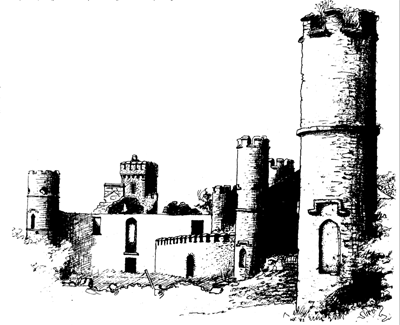
The mausoleum in the grounds was regarded by Mr.Bence Jones as the “final touch of macabre fantasy. He describes looking through the broken window at the tombs of the McKennas, adding: “Guarding it is an almost life-sized marble angel, comfortable and homely looking as though resting after having eaten a picnic lunch, a most surprising apparition amongst the briars and nettles by the side of the field.”
The angel remains lost in the undergrowth and the house, with its ghosts and its memories.
The McKenna Vault at Ardoe about one mile west of Ardmore near the ruin of Ardoginna House. Inscription reads as follows:
“This monument is erected in deepest love by his wife, Amelia Annie.
My life is like a broken stair leading round a ruined tower leading nowhere. [Tennyson]
Love: What a volume in a word, an ocean in a tear, a seventh heaven in a glance, a whirlwind in a sigh. [Martin Tupper]
See what a grace was seated on this brow; The front of Jove himself an eye like Mars to threaten and command. A station like the Herald Mercury, new-lighted on a Heaven-kissing hill.
A combination and a form, indeed where
Every God did seem to set his seal to give the world assurance of a man.
This was your husband.
[Shakespeare]
Rock of ages cleft for me
Let me hide myself in thee”
Sir Joseph Niall McKenna, former owner of Ardoginna House. [now in ruins], and his wife are buried in this vault. The coffins may be seen through a window at the side.
In 1942 and ITA National Survey wrote about the Ruins of Ardoginna House as being formerly the residence of Sir Joseph McKenna, M.P. Rented to a committee [Rev. James Walsh, Miceul O Foghludha, Dr. Foley, M.D., Muiris de Leis, Labhras O Cadhla and Deuglain O Cuilliu] in 1920. Irish classes were continued here in 1920 and 1921 when Monae House was bought. The house was destroyed during the 1922 Troubles. Mention of this house in John Locke’s poem “The dawn on the hills of Ireland”. This place is known locally as “An Sean-Colaiste”.
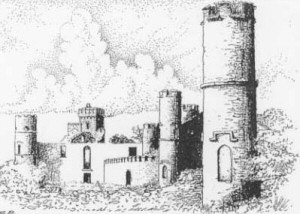
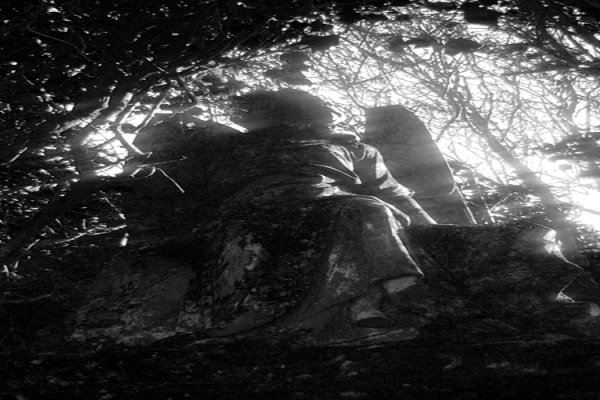
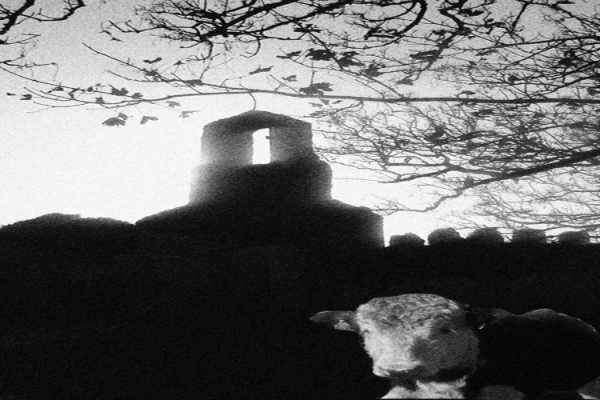
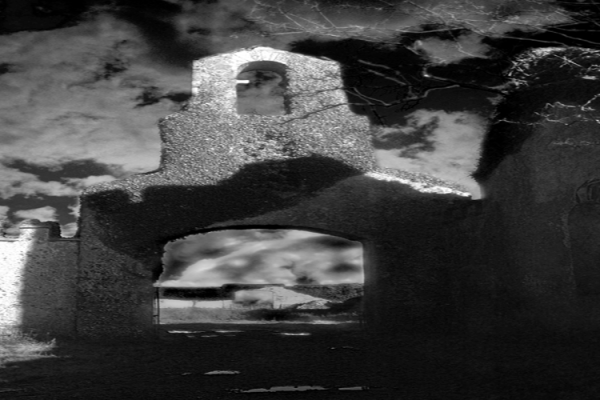
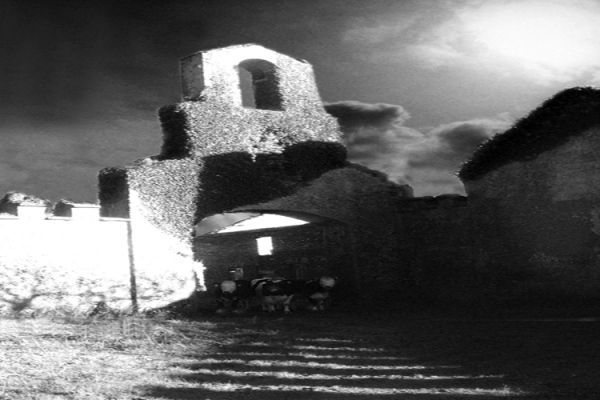
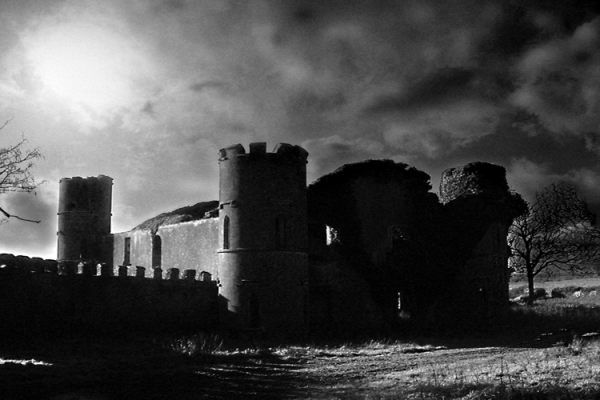
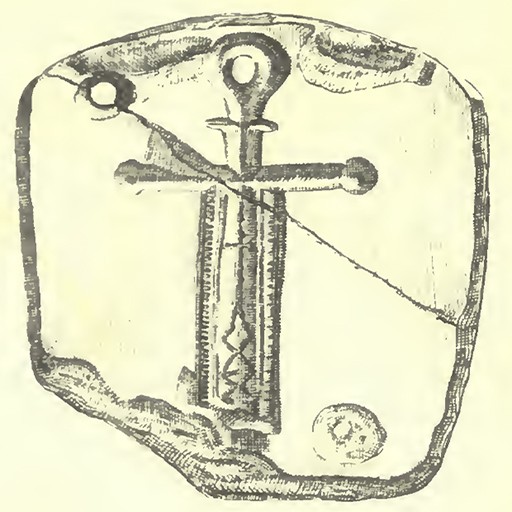
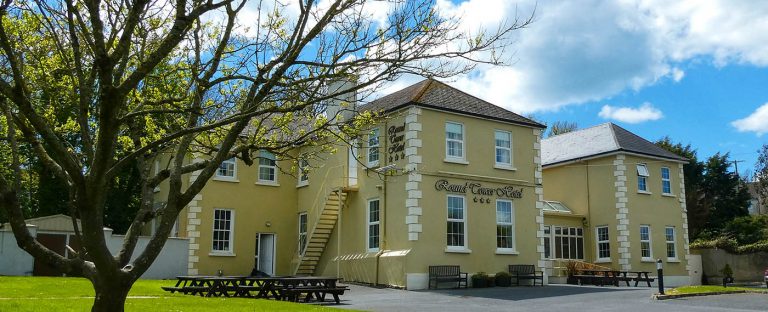
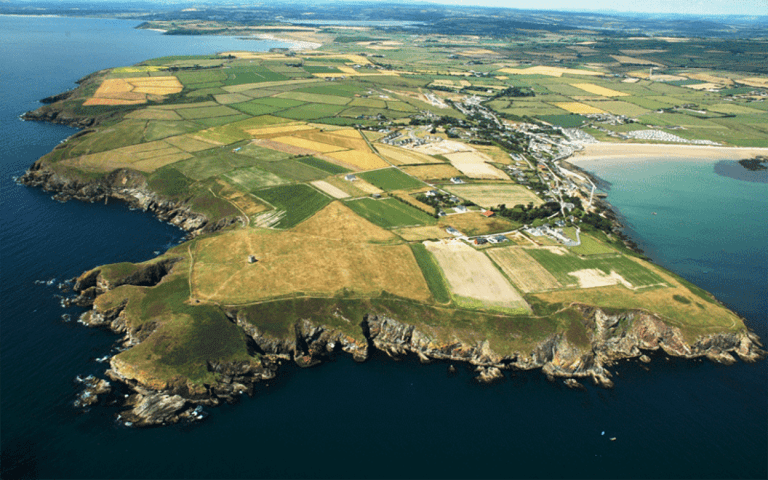
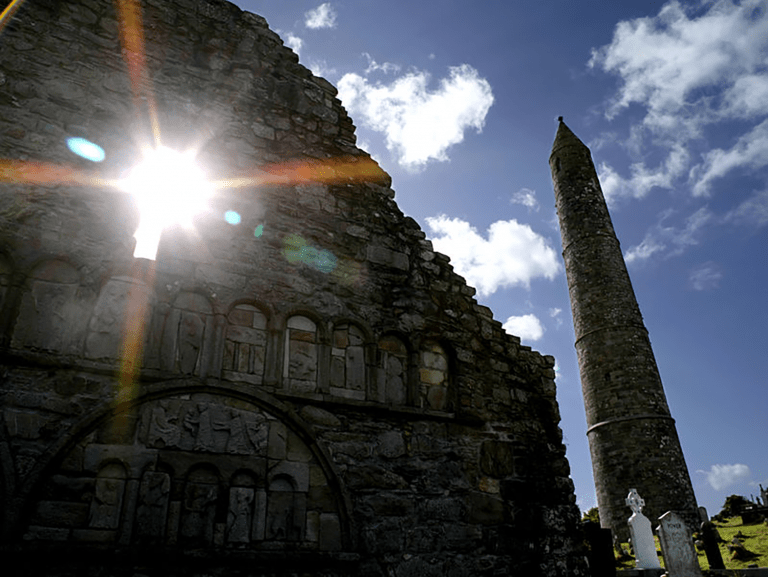
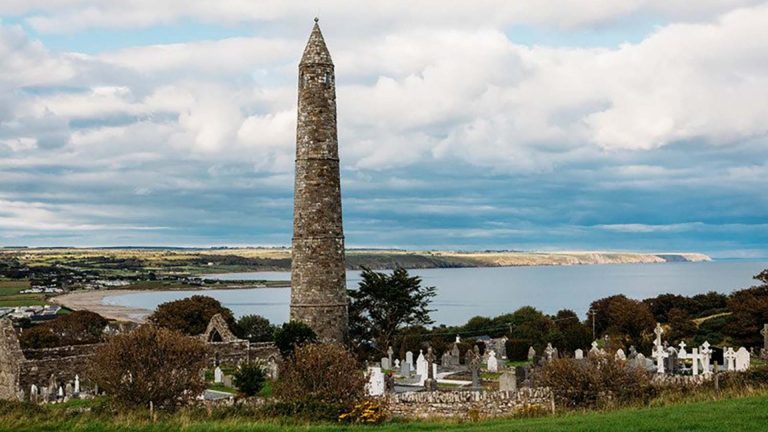
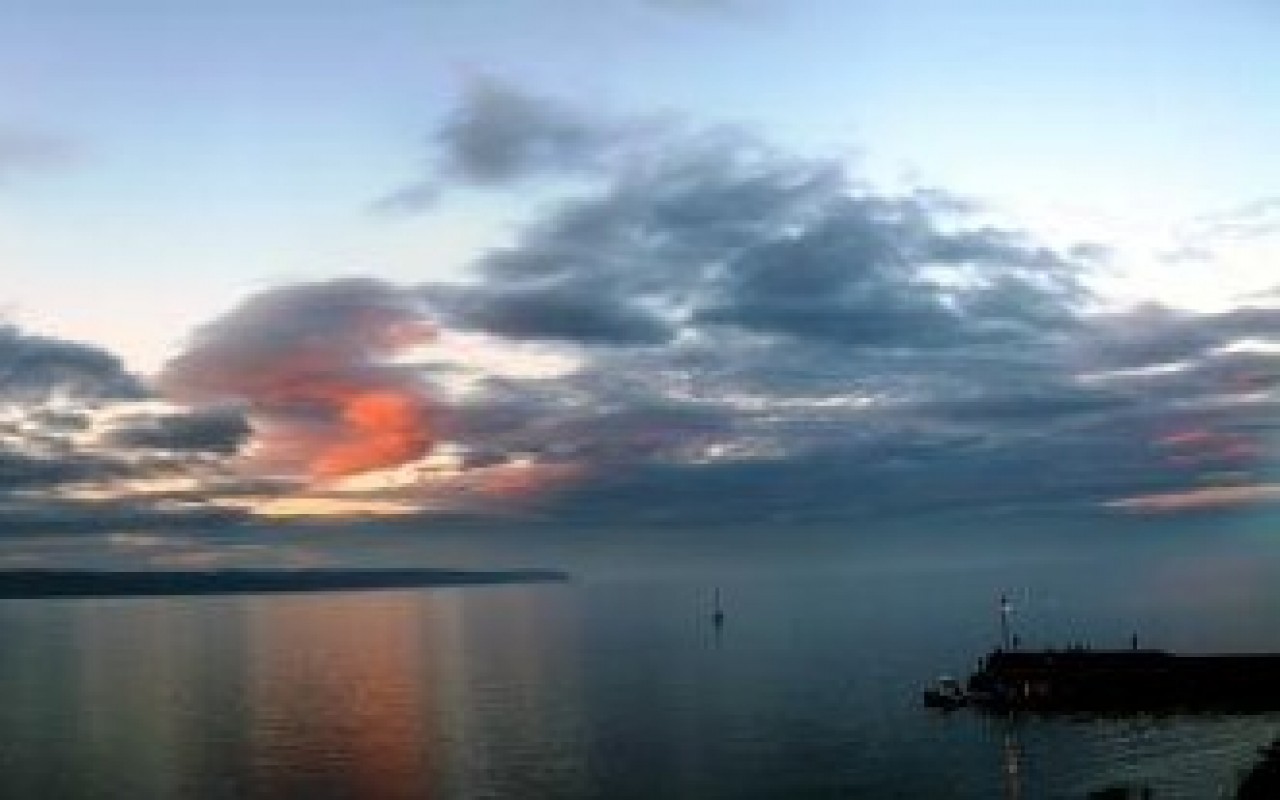
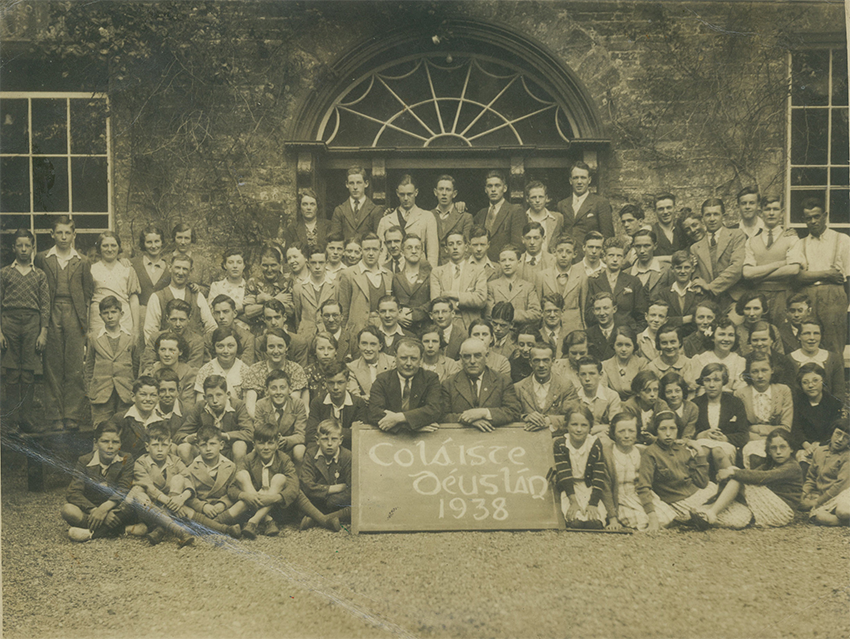
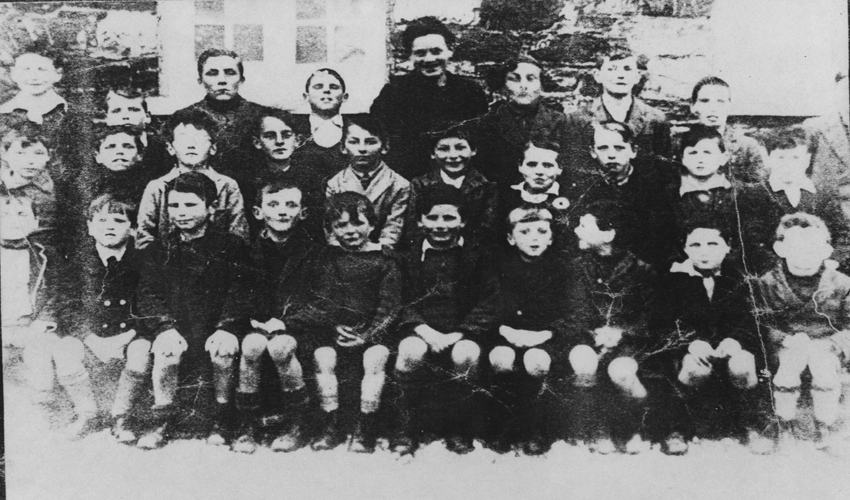
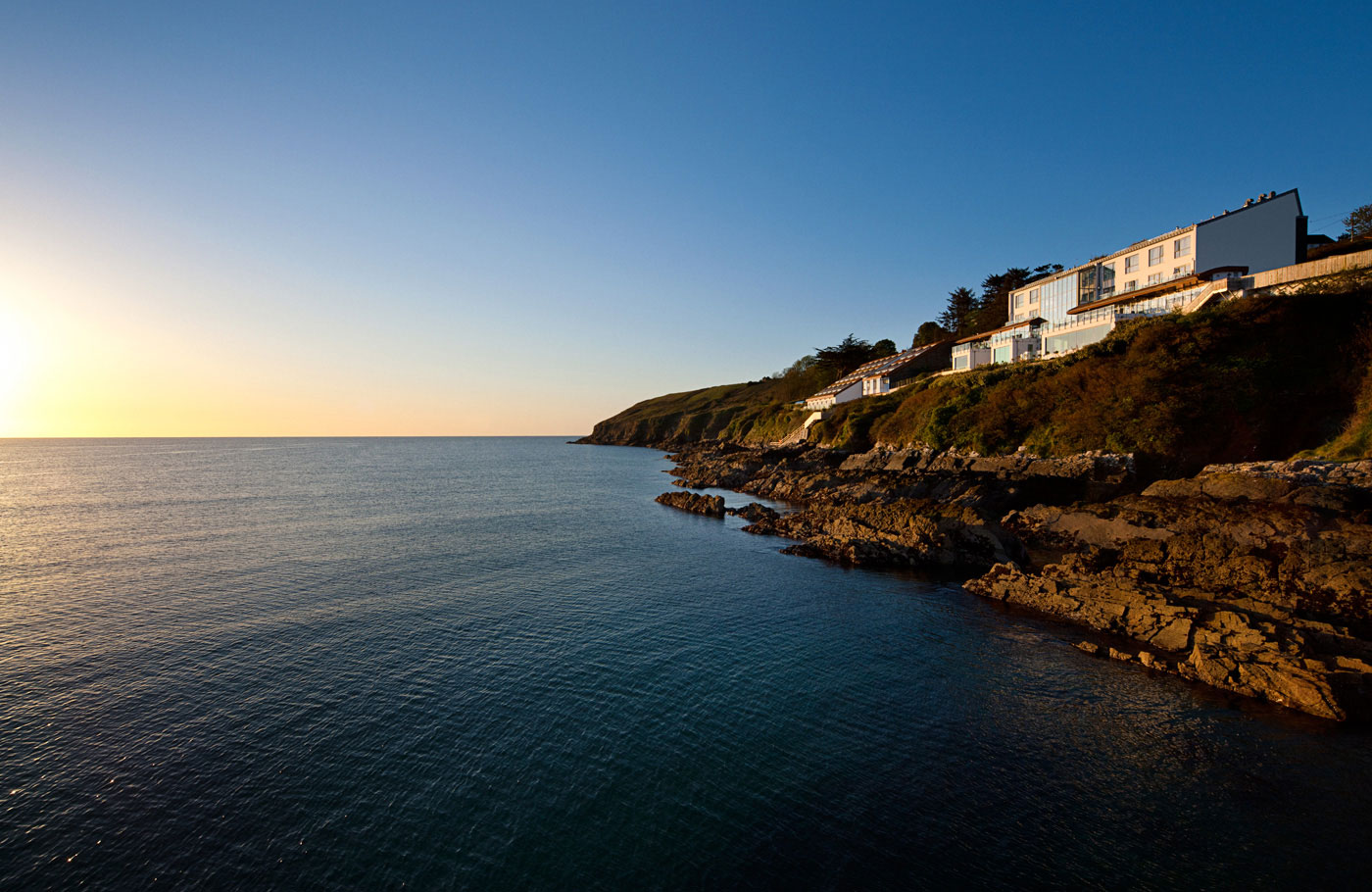
Thank you for sharing the story, I was there last Sunday, blown away by Mckennas, love it to bits!
Hi Catherine I hope you don’t mind me asking what condition is this place in now and do you know the nearest post code to this place I would like to visit ? .Andrew Mckenna
Andrew
Good to hear from you and for your interest in this post. The castle is located just outside Ardmore village in Waterford Ireland (https://mapsengine.google.com/map/edit?mid=z2q5gQDpxIYw.koKYXpB2uMUE). It has sadly seen better days and is now a ruin. It does however stand proudly in the landscape an indication of its former importance. It is located on private land. it has a rich heritage and we will be including more detail about the castle, it’s history and hopefully some new pictures.
Thank you for the reply I will be sure to visit this place at some point in the near future
My 15 year old son Dale Andrew Mckenna stumbled upon this whilst researching our family history it is a very interesting story and I cant be-leave the family resemblance in some of the photos of years gone by thank you for this information I would really like to go there and see this for myself
Here is link to my brothers flickr page with photo of The McKenna Vault
http://www.flickr.com/photos/38447472@N07/8600541246/
and Ardo House
http://www.flickr.com/photos/38447472@N07/3578735907/in/set-72157626718617893
http://www.flickr.com/photos/38447472@N07/3755016569/in/set-72157619652284151
JJ Cahill
Thank you
[…] McKenna Castle, or Ardo House as it is also known, has macabre tales of smuggling, a lynched heir and a buried child. The castle, though ruined, still stands with its ghosts and its memories. When I returned there a few weeks ago with my sisters, I couldn’t help imagine all of the souls who had lived and worked there and what a bustling place it must have been, with its stables, a walled orchard and wonderful cliff-top views. […]
Good afternoon I am also researching Amelia Anne Brooks – Amelia Lady McKenna . I live in Barrow Upon Soar and recently came accross the graves of her first husband and her mother Catherin Anne. I would dearly love to see and photographs you may have. Hopefully some day I can visit Wexford. Thank you for sharing this story xx
my name is james. since this castle is on private land are we aloud to go in and see it
Was there today surely is a must place to visit couldn’t believe the size of the whole place and nearby Goat Island is a must visit
Thank you John , I found your brothers page. My research has taken me further and I now also have a phtograph of Lady McKenna’s fathers grave. Now I just need a picture of her , something I dont seem to be able to find.
Dear Andrew, I have just come across your post from 2013, but thought it still worth contacting you. Since my husband is a descendant of Michael McKenna (1789-1854) we have spent a lot of time researching ‘McKennas’ but to date we have not found a living person from that line. Are you connected to the same line?
Regards
Joan
Hi I am not sure my son is doing the research and is coming up with things he has discovered, and found some photos and the family resemblance is uncanny
Hi Joan sorry for the late reply my son has been researching the family history and it looks us back to here some photos of decendant scaraly resemble family members my father’s name was Desmond after his uncle who was named after his uncle ect so I feel ther could be a strong connection my grandfather was Irish born sir Joseph Mckenna is the spitting image of my uncle
It may be of interest to subscribers that i have spent many years researching my paternal family descended from the Walsh family of Piltown near Ardmore. The Walsh who originally came from Co. Kilkenny acquired extensive lands in Co. Waterford after the Desmond Rebellion and during the subsequent Munster plantation scheme of Queen Elizabeth I. They lost most of them in the aftermath of the Irish Civil War (1641-50), but through marriage connection and converting to Protestant much lost was restored. A representative of a cadet of the Walsh, was Mary Welsh (nee Cotter) widow of Thomas Welsh of Woodstock and Killongford secondly married to a Roch, who soon left her a widow again (1792).Inheriting considerable lands and rentals from her two husbands made Mary a very eligible lady, particularly as she was receiving rent payments from Mr William Coughlan of Ardo. I have validated copies of three letters dated 1799 from Mr Coughlan paying Mrs Roch which indicate he was elderly, unwell and in debt. The tone of the correspondence is dressed with supplication hinting at a romantic appreciation of a very solvent lady.Mary must have been renting at least part of the Ardo lands at the time the Coughlan family were descending into debt. I note Mary is not listed among the various proprietors which is often the case where elements of historical truth have been lost.
Regards,
Thomas Spencer Eveleigh Welsh
Thomas
This is fascinating and we would love to hear more about your research. We also would also be interested in sharing anything that you may have discovered. We would be confident that others that visit this site would also like to learn more. Please feel free to send anything that you would like to share to contact@ardmorewaterford.com
Sir Joseph McKenna was the Irish Parliamentary Party (Charles S. Parnell’s ) MP for Youghal at one stage of his political career.
After his, and his wife’s, death the house was rented by Colaiste Deuglan, the Ardmore Irish College, founded by Miceal O’Foghlu and others in 1920. Classes in Irish language and culture were held there for two years when the College Board bought Monea House ( adjacent to the present day Round Tower Hotel.) Some of mt relatives attended classes at both venues.
McKenna’s was never called a ” castle” in older times, that’s a relatively new description. It is more accurately described as a castellated manor house.
Stumbled upon your site. My Scottish father John Millar/er? McKenna was born in Glasgow on June 17,1917 one of 10 children of Flora Miller(Scottish) and Joseph McKenna (Irish) I was hoping to lay claim to the property because of my last name, but then realized I probably couldn’t afford the property taxes:) Dad married my mother Mary Hillsinger in Philadelphia,Pa. became an American citizen and he passed away on Jan.29, 2013. Two of his sisters moved, Sadie McKenna Smith to Canada and Margaret McKenna Jamieson to South Africa. Have only gotten to England so far, I’m American. Hope to get to Ireland because my maternal grandmother Anna Marie Nicholl was born on Nov.19,1895 in Belturbet Killlea Co., Cavan, Ireland and then migrated to America in 1905 with her father Joseph Nicholl and her brothers Johnny, and Leo and her sister Rose. Thanks in advance for any ancestry updates!
the thought Crossed my mind Too. Joan
Great….I did some archeological digs here in the 70’s….not sure if they were legal….but we got some lovely finds……i am willing to share if you want….or show our goods on the fb page.
How can we locate the FB page ?
it was be absolutely fabulous if you would share some photos of your find.. on my mother’s maternal side my heritage is Costen,
Walsh…the plot thickens..
Is that Deaglan O. Cuilliu the uncle of Jim Cullen?
Deaglan O. Cuilliu the father of Jim Cullen, late of Ring College
My mother who is 95.. has being coming to Ardo on her holidays all her life and now lives in the area. She k
new the Cullens well.. and says it is.. i hope this helps
Sorry I missed your reply, Nodie! Thanks. I am still researching Cullens of Ardmore and Grange. If you have any stories to share, please let me know.
Hi, was recently here and was wondering if anyone has any answers as to why their coffins at their resting place, the McKenna Vault are ripped open and empty. There is a huge crack around the tomb and there is no visible way into the tomb at all. Were their bodies removed?
Good Day, yesterday, quite by chance, I came across the McKenna tomb, and surprised and saddened by what seems to be damage caused by vandalism.
As a previous post mentions, the coffins have been opened. What of the remains of those interred ?
I am keen to follow up on this, and plan revisiting the tomb over the next few weeks in the hope of understanding what might be done to help restore dignity to this altar of love.
My great-grandfather worked for the McKennas in the mid 1800s as a caretaker on their property, grew potatoes on their property and lived on Goat Island, which the house still stands minus the thatched roof. His name was Michael Dee, married to C(K)atherine Ormond(e). It was told that Catherine was the illegitimate daughter of the Earl of Ormond(e). Michael and Catherine are both buried in the Ardmore Cemetery (St. Declan site). Catherine had 11 children, of which 9 survived. The last born was my grandmother in 1890. Catherine was 49 years old when she gave birth to my grandmother. Makes Catherine born ~1841.
I visited the area in 1971 when I was 17 years old and neglected to write down birth & death dates.
Michael apparently salvaged two vases from the McKenna house after it was either burned or destroyed in some manner. I am looking at them as I write. They are/were of high value and had to have been the reason he obtained them. Beyond the initial story, I have no further information on my g-grandfather, Catherine or the McKennas or who this “Earl” was.
If anyone has any information about any of my relatives, I’d love to hear about it. My email is palousey7@gmail.com
Thank you.
Hi can i just ask how can i get into see the castle seeing as it has signs up saying its private property.
Greetings, today I visited the ruin as well as the vault. It was a beautiful day on the coast. The remains of the house and outbuildings *appear* to have been somewhat tidied, or at least overgrowth previously mentioned has been removed. Obviously people come and go for various reasons. A fire had been burned in what once was a hearth. In a *room* in one of the outbuildings I saw a pile of small rounds of wood, and some junk and trash. Probably the farmer did that.
The scariest bit for me was when I stepped inside the tallest tower and disturbed a few birds. The weirdest I felt was that it was cold around the buildings, but on the other side of the ocean facing battlements, it was a fine warm day. Most likely explained away by direction of the wind. But it was still a bit creepy.
The vault and angel are within site of the tall tower, but far off away, across the boreen, and not as I expected, to be actually on the castle grounds. We missed the angel entirely, until we drove back up from Goat Island, at the end of the road. The angel is uncovered. Perhaps she’s been bathed as well. She is stark white, and missing her right forearm and hand. The arm is raised, and I wonder if, as many guardian angels are depicted, could it have held a lantern? The inscriptions on the outside of the vault are almost impossible to read, thank you for the inclusion above. The inside of the vault is shocking. The caskets lay inside, lids removed but shreds of fabric lie on top, and could flutter in a correctly blowing wind. Where are the McKennas? The gratework over the window is rusted. Am I to presume there once was glass? The opposite side of the vault appears to have once also had a similar window. It’s been blocked up.
Thank you for providing so much information. I write this on 26 April, 2022
We were at Goat Island today and were intrigued by the house and the crypt so googled it and found this. Fascinating history but we’re wondering about the bodies in the crypt in which the coffin lids are broken and open. We’re they reburied or are they still there?
My Father and I travelled from NSW Australia to find this Castle. 36 hour flight to Dublin and a car drive down to Ardo and we found ourselves outside private property. You can view one of the towers from the road, however we bumped into the owner who gave us permission to venture onto the private property to view it properly!
The castle ruins are standing with a magnificent view over Goat Island and the neighbouring fields. There is sign of graffiti with idiots carving their names into the main tower and the field is being used as a horse paddock so beware the horse bombs.
The crypt has the deceased removed, but you can see the path next to it is well worn.
We have photos and videos to share if anyone wants an updated view of the location.